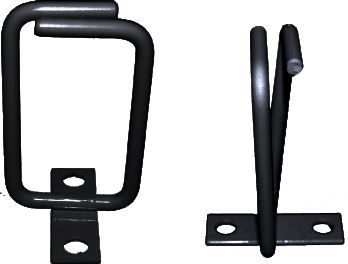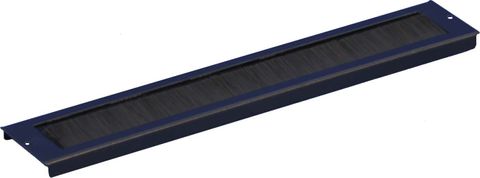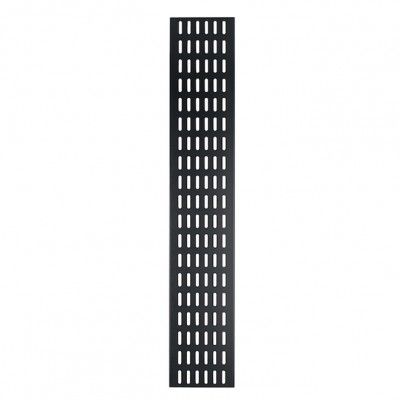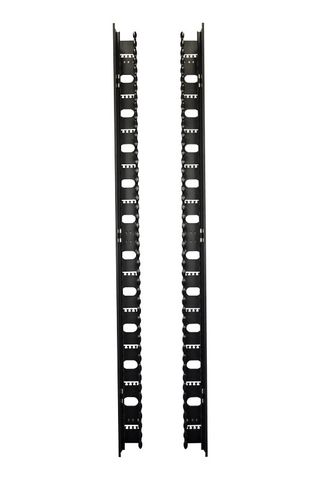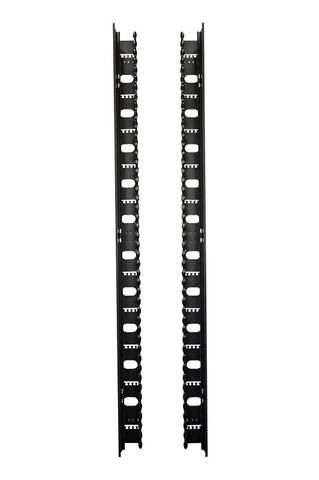Vertical Cable Management

In order to keep server racks organised and maintain optimal airflow, vertical cable management is the perfect solution. This method involves running network data cables, ethernet cables or fibre leads from equipment to a vertical cable manager that is mounted within the network server rack and allows for cables to be bundled together and managed as they travel up or down within the rack.
Why do you need Vertical Cable Management?
Vertical cable management helps maintain proper airflow within the rack. This is crucial for cooling servers and preventing overheating, which can lead to hardware failures and downtime.
Improved Airflow
Vertical cable management helps maintain proper airflow within the rack. This is crucial for cooling servers and preventing overheating, which can lead to hardware failures and downtime.
Cable Protection
Vertical management keeps cables organised and prevents them from tangling or getting damaged. This ensures the integrity and reliability of your network connections.
Space Efficiency
Vertical cable management makes efficient use of the vertical space within the server rack. It allows you to accommodate a larger number of cables without cluttering the rack.
Ease of Maintenance
Organised cables are easier to access during maintenance or troubleshooting. Technicians can quickly identify and work with specific cables, reducing downtime and minimising the risk of errors.
Compliance and Safety
In some cases, industry standards and safety regulations require proper cable management to reduce fire risks and ensure compliance. Vertical cable management helps meet these requirements.
Aesthetics
Neat and organised cables improve the visual appearance of your server rack and overall server room environment.
Future Scalability
Vertical cable management allows for easier scalability. You can add or remove cables without disrupting the entire cable infrastructure.
Vertical cable management is essential for maintaining the reliability, performance, and safety of your server rack. It optimises airflow, protects cables, reduces clutter, and facilitates efficient maintenance, ensuring your IT infrastructure runs smoothly.


